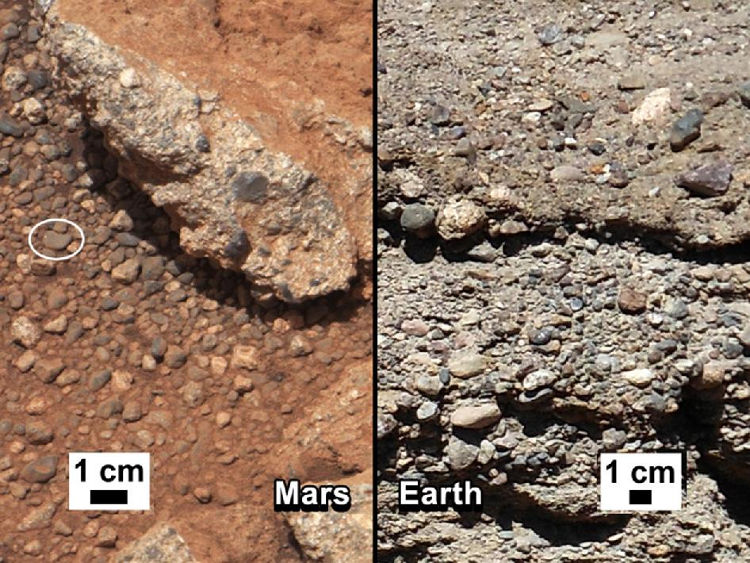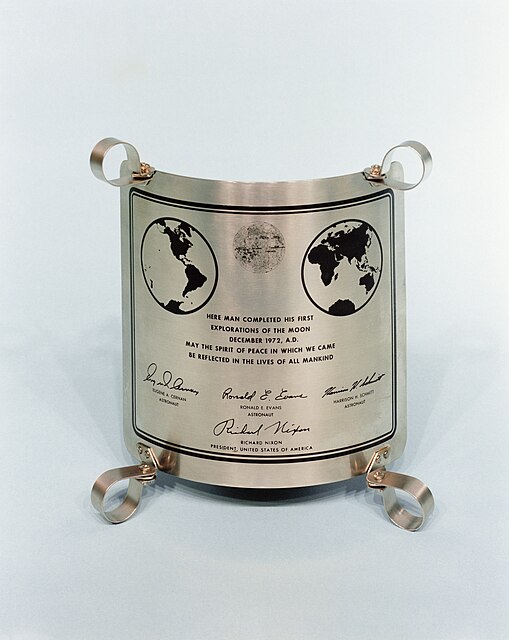(My apologies to Schoolhouse Rock)
This weekend people around the world were treated to a very nice viewing of three planets all very close to each other in the sky. An astronomical
conjunction of the two interior terrestrial planets, Mercury and Venus, and the gas giant Jupiter. Since I don’t want to get into the muddle of online digital image rights I took a screen capture of what the conjunction would look like from here in Virginia using the free open source planetarium program
Stellarium. You can tell it’s software since the planets don’t generally have large name labels when you look in the sky.

Neat huh? All three planets are arranged in a triangle covering about 5 degrees of the sky (the whole pattern could be easily covered by your fist held at arm’s length). Now this looks neat, but what is the importance of this event? I mean while these planets are viewable together in a tightly compact portion of the sky they are still hundreds of millions of kilometers apart from each other and from the Earth. What’s the significance? Nothing… except the fact that we knew it was going to happen, and we can accurately determine when such alignments have happened in the past, and when they will happen in the future!
For example, I can state with some certainty that the next time Jupiter and Saturn will be extremely close to each other in the sky will be on December 21st, 2020. The last time these two gas giants were in conjunction was on May 31st of 2000. Notice the time separation of 20 years. This conjunction of Jupiter and Saturn happen about every 18 to 20 years because of the difference in times between the Earth’s orbit (1 year), Jupiter’s orbit (~12 years) and Saturn’s orbit (~30 years). All of these worlds orbit round and round the Sun, and every now and then the math adds up just right and they are all in a line. Not only do I know
when this event will take place, but
where it will be – the constellation of Aquarius.
Stop for a moment and think just how amazing that it that we can say such things. We, people living on a small blue world, have the agency and know-how to accurately model, predict, and explain the motions of the planets, worlds unto themselves as they swiftly travel through space. So what’s the significance of the conjunction? Nothing but a beautiful demonstration of our exploration of the natural world around us.
Oh, and we’ve thrown robots at them as well.






